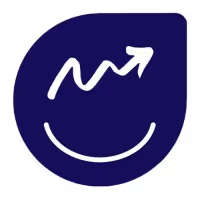What are retention & loyalty tools?
Retention & loyalty tools help businesses keep customers engaged and reward repeat purchases to increase loyalty and lifetime value.
What can retention & loyalty tools do?
They track customer behavior, create rewards programs, and send personalized offers to boost repeat sales and reduce churn.
How do retention & loyalty tools work?
They collect customer data, segment audiences, and automate rewards or messages based on purchase patterns and engagement.
Are retention & loyalty tools easy to set up?
Most tools offer simple setups with guided workflows and integrations, allowing launch within hours or days.
Are retention & loyalty tools free?
Some tools offer free plans or trials, but most have paid tiers based on customer volume and features.
What is the common retention & loyalty tools pricing?
Pricing typically ranges from $30 to $300+ per month depending on features like automation, rewards types, and customer limits.
What are the types of retention & loyalty tools?
Common types include points programs, VIP tiers, referral incentives, cashback offers, and personalized messaging platforms.
Do retention & loyalty tools work with email?
Yes, most integrate with email to send personalized rewards, updates, and engagement campaigns automatically.
What are the best retention & loyalty tools?
Popular tools include Smile.io, LoyaltyLion, Yotpo, and Annex Cloud for comprehensive engagement and reward features.
What are common retention & loyalty tools integrations?
They commonly integrate with ecommerce platforms, email marketing, CRM systems, and payment gateways for seamless workflows.



























